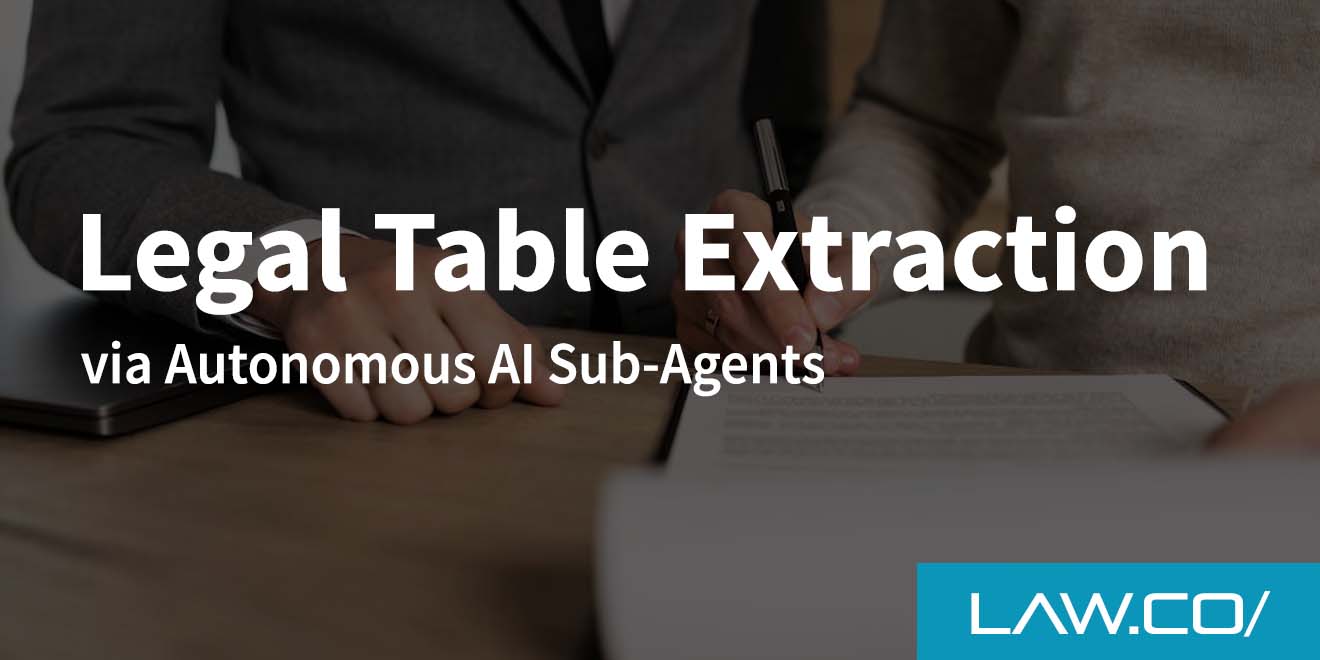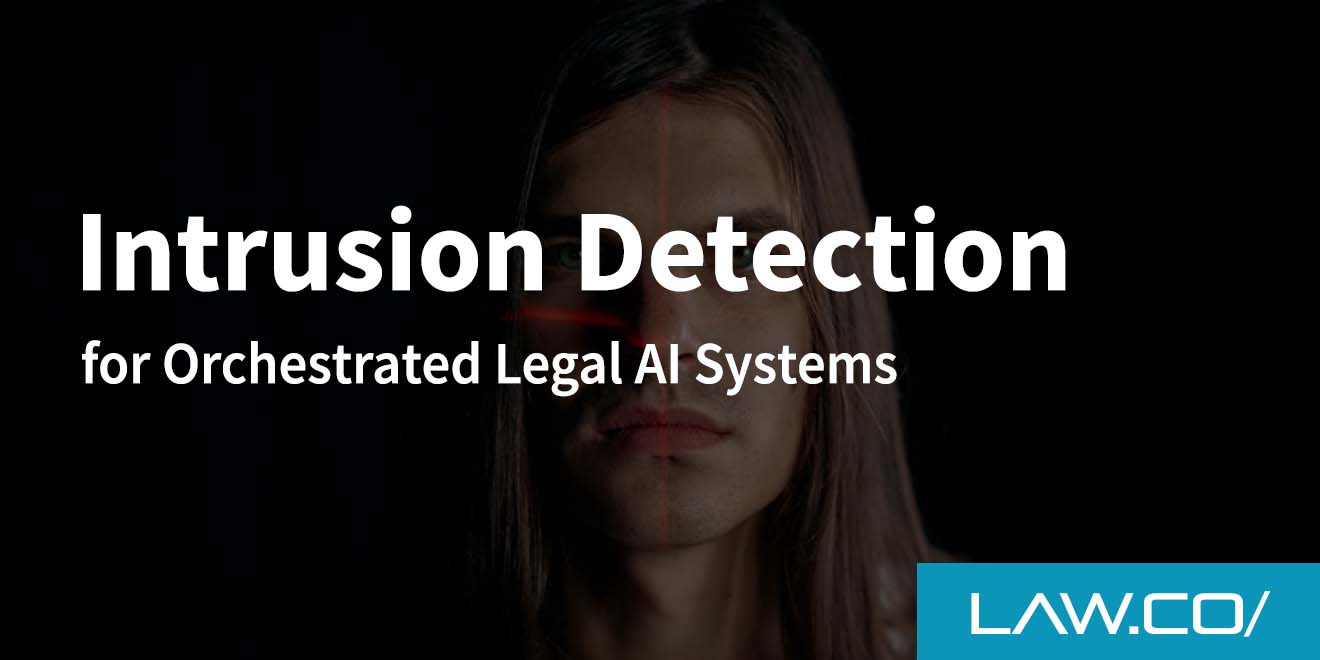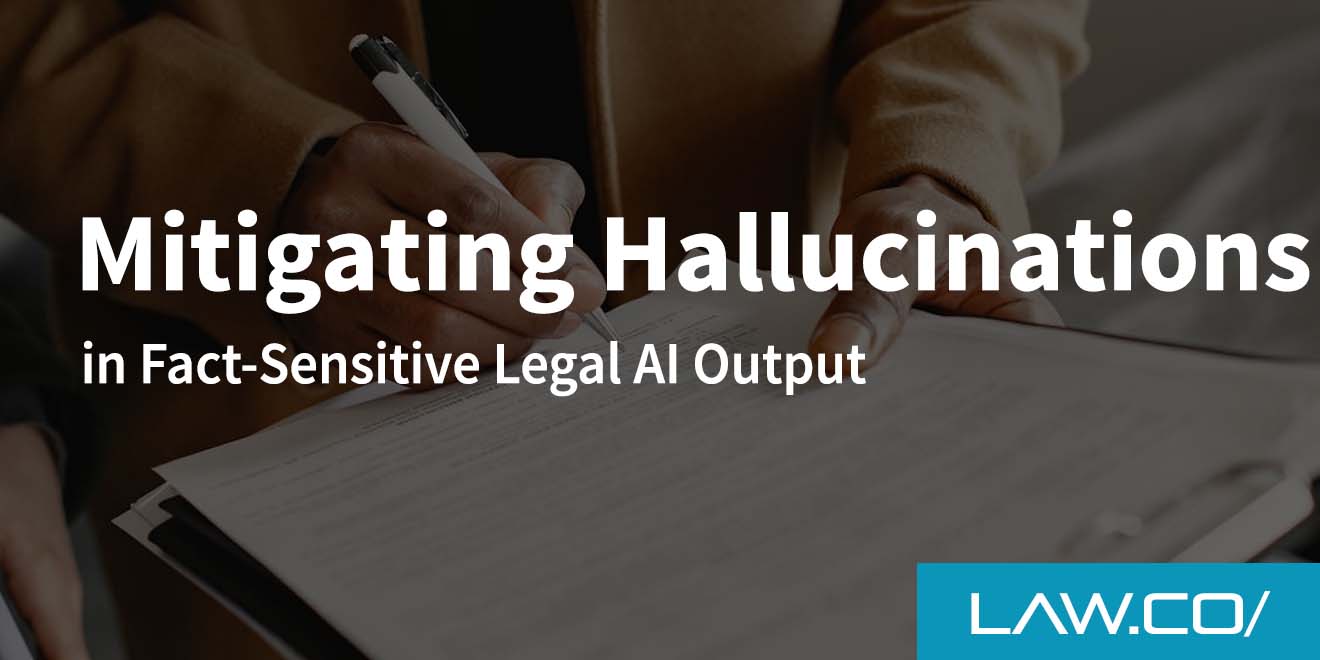

Streaming Legal Data Into Live Agent Chains
In an era where clients expect answers in real time, lawyers or law firm AI can no longer rely on yesterday’s information to solve today’s problems. Whether you are preparing for a hearing, negotiating a merger agreement, or shepherding a startup through a regulatory maze, the ability to pull fresh, authoritative data straight into your daily workflow is becoming a competitive necessity.
That is exactly where “live agent chains” come in: a framework for stitching together people, AI services, and data streams so that knowledge flows to the right brain—or the right algorithm—at the right moment. Think of it as a legal assembly line that never stops because it is continually re-stocked with up-to-the-minute filings, statutes, and deal terms.
Understanding Live Agent Chains for Legal Workflows
What Are Live Agent Chains?
A live agent chain is a sequence of coordinated tasks handed off between human professionals, machine-learning models, and software bots. Each “agent” performs a discrete job—extracting entities from a new court opinion, summarizing legislative text, flagging clauses in a contract—and then passes its output to the next link.
Unlike a static workflow that runs once and calls it a day, a live chain listens continuously for new input (for example, a fresh docket entry) and triggers the downstream steps automatically. The result? Your team receives actionable insights before anyone even asks, shaving hours off research cycles and catching risks that might otherwise hide in the noise.
Why Real-Time Data Matters to Legal Teams
Legal information ages in dog years. A statute that was rock-solid last night can be amended before morning. A judge may enter an unexpected scheduling order that shifts every deadline in a case. Traditional legal research tools are excellent libraries, but they are still libraries—you have to decide to go in and look. Live agent chains flip the model.
They keep watch, tap you on the shoulder the moment something relevant appears, and even draft a first-pass analysis while the rest of us are still sipping coffee. For litigation boutiques, this can translate into faster motions and fewer missed obligations. For transactional groups, it means closing deals with newly negotiated provisions that already account for today’s regulatory update instead of last quarter’s.
Sources of Streaming Legal Data
Court Filings, Dockets, and Opinions
Federal and state courts now publish electronic dockets within minutes. By listening to PACER APIs, state-court RSS feeds, or commercial docket-tracking services, an agent can swallow each new filing, parse it for parties, deadlines, and dispositive motions, then push alerts or populate case-management software.
When that first link in the chain is reliable, subsequent links—such as a large-language model summarizing the motion or a calendaring bot adding the hearing date—fire with zero human nudging.
Legislative and Regulatory Feeds
Congress.gov, state-house trackers, the Federal Register, and agency email blasts all provide machine-readable updates. A monitoring agent can tag bills that mention your client’s industry, extract effective dates, and send a red-flag synopsis to compliance counsel.
For cross-border practices, equivalents exist in the EU’s EUR-Lex or Canada’s Justice Laws Website. Folding these feeds into the chain keeps policy attorneys one step ahead of the next surprise statute.
Contract Metadata and Internal Repositories
Not all streaming data lives on the public web. Every time your corporate team closes a deal, the executed agreement and its embedded data become potential gold mines. By wiring document-management systems to event listeners—“a new contract just hit the folder”—a parsing agent can grab the text, recognize clause types, and push risk ratings to the M&A or finance partner in near real time.
Over months, that river of clause data powers clause-bank improvements and even informs future negotiations.
Designing a Live Agent Chain for Your Practice
Mapping Tasks and Decision Points
Begin with a whiteboard, not a keyboard. List the top three “moments of pain” where timing is critical: missing a deposition notice, overlooking a new environmental rule, or re-keying contract metadata by hand. Each pain point becomes a potential link. Identify what should happen first (e.g., detect the event), second (classify or summarize), and third (notify or store).
Resist the urge to automate everything at once. A small, reliable chain that handles a single workflow beats a sprawling Rube Goldberg system that fails under real-world load.
Integrating AI Tools Securely
Modern live chains often lean on large-language models (LLMs) for summarization and classification. While these models are dazzling, they must be deployed with discipline. Keep the following guardrails in mind:
- Data residency: Route filings that may include personal or privileged data through on-prem or virtual-private-cloud instances rather than public endpoints.
- Prompt hygiene: Strip client names or sensitive facts from prompts if they do not change the reasoning outcome.
- Human review: Flag high-impact outputs (e.g., a generated legal argument) for attorney sign-off before filing or sending to a client.
Combining LLM muscle with lawyer oversight preserves speed without sacrificing ethical duties.
Benefits You Can Expect
Done right, streaming legal data into live agent chains delivers tangible, everyday advantages:
- Speed: Research that once took hours lands in your inbox in minutes—or is already in your draft when you open it.
- Accuracy: Agents that cross-check statutes, docket entries, and internal guidelines catch discrepancies a tired associate might miss at 2 a.m.
- Cost control: Routine data-entry and summarization tasks shift from billable human hours to near-instant machine cycles, freeing attorneys for higher-value counseling.
- Predictive insight: Aggregated, time-stamped data streams feed analytics that warn of jurisdictional outliers, judge-specific tendencies, or shifting regulatory momentum.
Implementation Tips and Ethical Guardrails
The temptation is to bolt fancy technology onto an old process. Resist. Instead, weave the chain into existing best-practice protocols:
- Begin with a pilot matter. Choose a single case or deal that is data-rich but manageable. Prove the chain in a controlled environment before broad rollout.
- Pair technologists with subject-matter experts. A developer may wire the API hooks, but a securities-law partner knows which SEC updates actually matter. That human-in-the-loop approach keeps alerts crisp and avoids noise fatigue.
- Document everything. When auditors or opposing counsel ask, “Where did this data come from, and who touched it?” you will have a clear, time-stamped trail.
- Address privilege from day one. Streaming does not excuse inadvertent waiver. Build checkpoints that confirm what is privileged, what is client confidential, and where each piece of data can safely reside.
- Maintain fallback modes. If an API goes down or an AI service throttles, the chain should degrade gracefully—perhaps by sending a “manual review required” notice—rather than failing silently.
Closing Thoughts
Technology rarely replaces the judgment honed by years of practice, but it can amplify it. Live agent chains give legal professionals a way to harness real-time information without drowning in it. By feeding a continuous stream of court filings, statutory changes, and contract data into a chain of specialized agents—some human, some machine—lawyers and law firms stand to deliver faster, smarter, and more defensible counsel. The firms that embrace this model will not merely keep pace with change; they will set it.

%201.svg)










